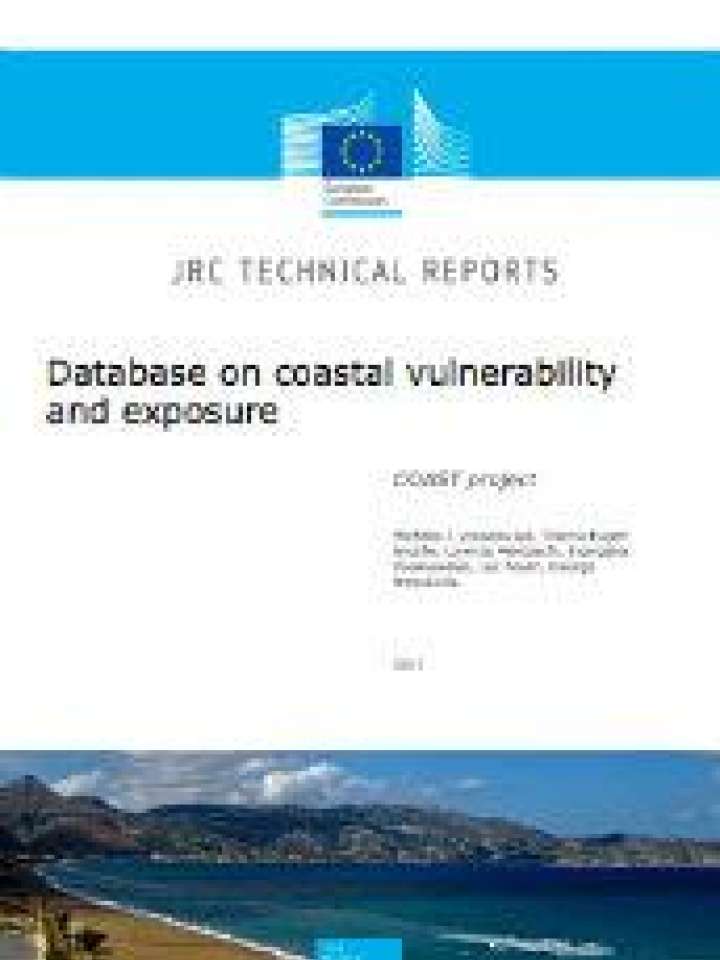Database on coastal vulnerability and exposure
This document reports on progress in the development of European layers on exposure and vulnerability. This involves the collection and cataloguing of relevant exposure factors (e.g., land use, population, settlements, infrastructures) and vulnerability indicators (coastal flood protection, damage functions) as well as the development and application of tools for the logging, spatial interpolation, statistical analysis and validation of the collected information. All data are available through the The Risk Data hub database the aim of which is to improve the accessibility and dissemination of EU-wide curated risk data for fostering Disaster Risk Management (DRM).
The coastal zone is an area of high interest, characterized by increased population density, hosting important commercial activities and constituting habitats of high socioeconomic value. Nearshore areas also support diverse ecosystems that provide important habitats and sources of food. One third of the EU population lives within 50 km of the coast. Globally about 120 million people are exposed annually to tropical cyclone hazards, which killed 250,000 people from 1980 to 2000. The EU Strategy on Adaptation to Climate Change stresses that coastal zones are particularly vulnerable to the effects of climate change. This is due to the combined effects of sea level rise and potential changes in the frequency and/or intensity of storms. In recent years, substantial research effort has focused on several aspects of coastal hazard and risk in view of climate change.
Explore further
